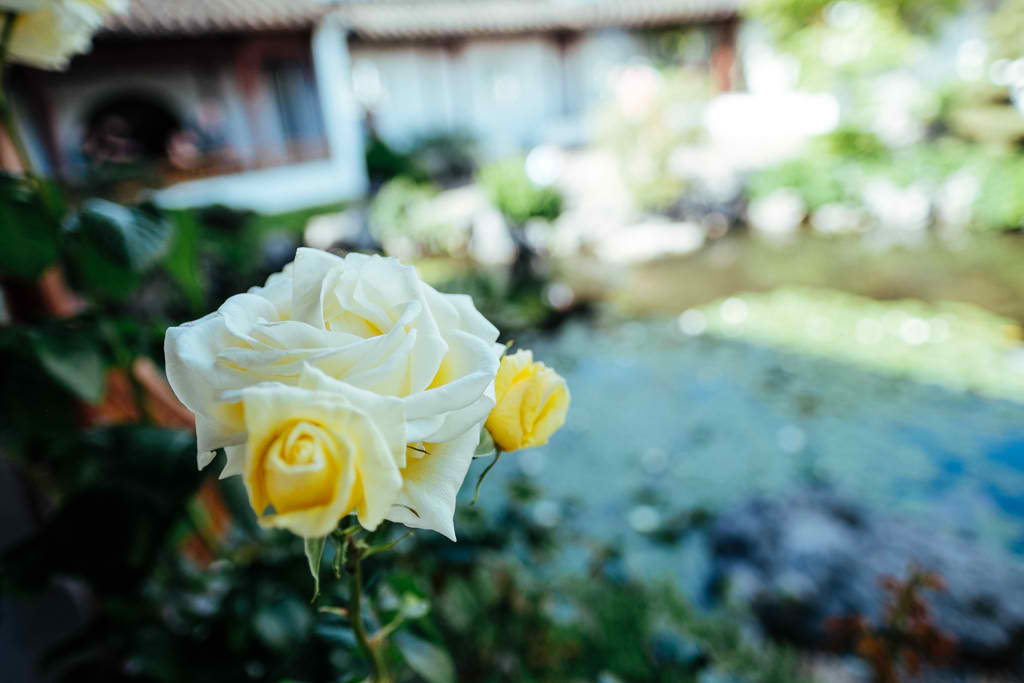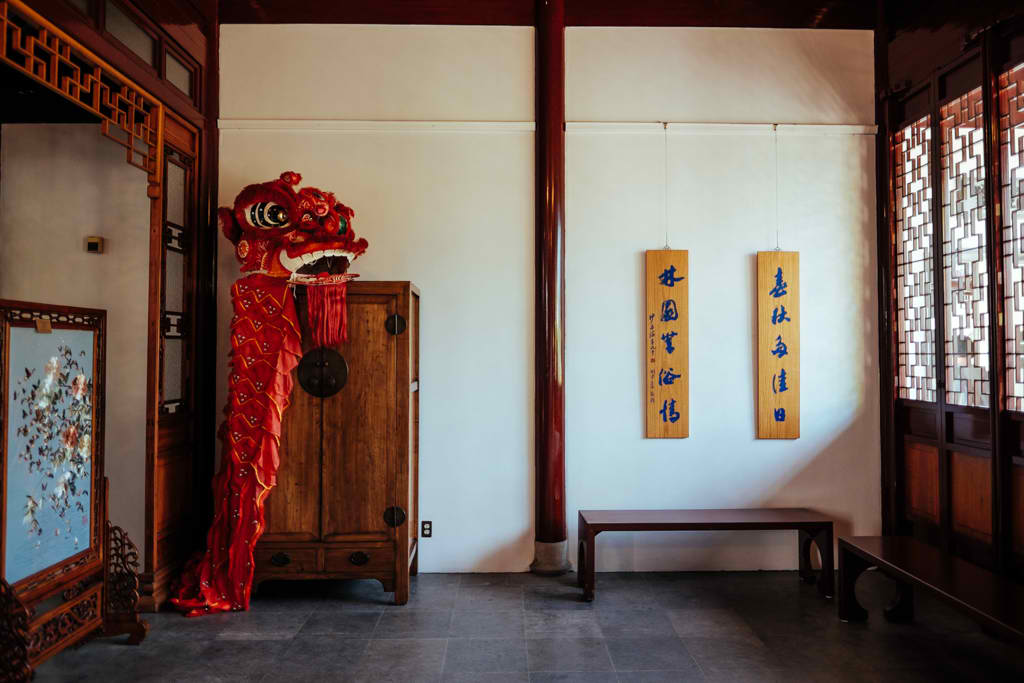
Bright and early this past Saturday, about a hundred photographers joined The Fuji Guys at Dr. Sun Yat-Sen Classical Chinese Garden for a bit of a photo walk and to try out Fujifilm‘s latest releases. Fuji staff in the green shirts talked about their recent developments and what’s in store for the near future.
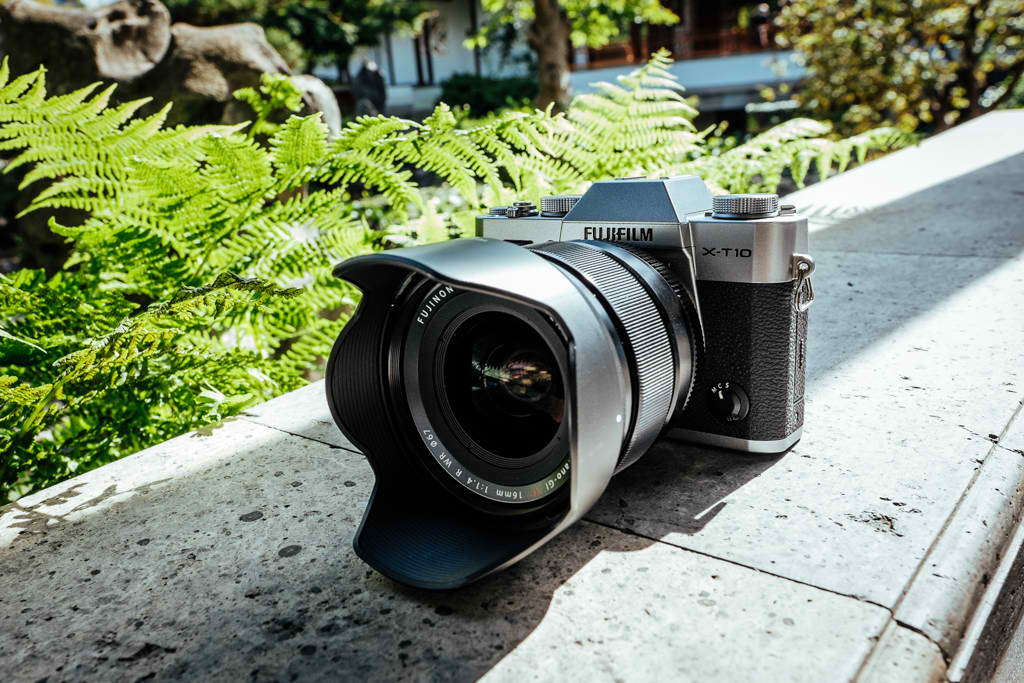
The new X-T10 was more like the X-T1 than I honestly expected looking at the official pictures. It’s smaller and lighter than the flagship X-T1 but still feels dense and solid.
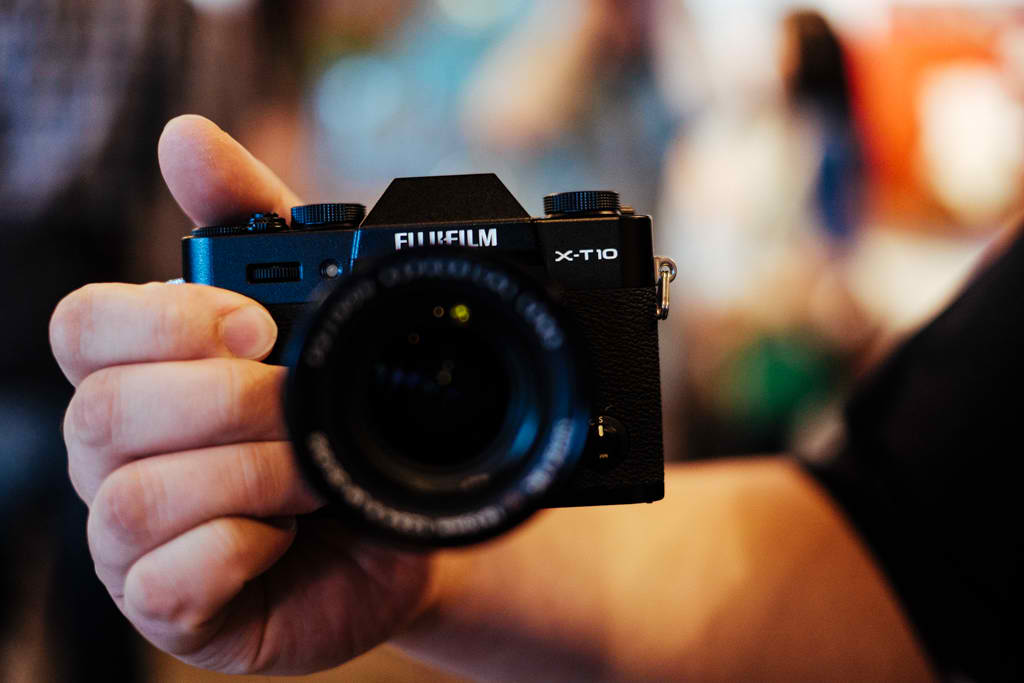
The compromise, however, is with ergonomics. My hands aren’t particularly large (not my hands in the picture) but the X-T1 just fits in them better. There’s just less to grip onto with the X-T10.
Another notable difference between the two cameras is the EVF, which is significantly smaller on the X-T10 than the enormous 0.77x magnification big screen TV they fit inside the X-T1. That being said, the 2.36M dot count is the same so the 0.62x EVF on the X-T10 looks every bit as sharp and clean.
The X-T1 has the advantage in weather sealing, more mechanical dials, a larger image buffer and the ability to use UHS-II SD cards but the X-T10 feels like 90% of the camera at 60% of the price. If the additional features on the X-T1 are essentials like they are for me, then the extra cost is worth it but everyone else will look at the savings and decide they don’t want to shoot outside in the rain anyways.
With a hundred people in attendance and only so many X-T10s, I borrowed a 16mm F1.4 and shot on my X-T1 instead. A sample of the upcoming 90mm F2 was in the house as well but not ready for us to shoot with.

First opened in 1986, Dr. Sun Yat-Sen Garden is a representation of a Ming dynasty Chinese garden, built entirely with period accurate techniques, such as joinery without the use of modern fasteners like nails, screws or glue. All materials used to build the garden, down to the pebbles, were brought from China.
I love the 24mm full-frame equivalent view of the XF 16mm F1.4 R WR. It’s wide enough to get a full view of a scene, pushing the background for a more expansive look.

Even though they share a pond, the Garden is not the be confused with Dr. Sun Yat-Sen Park, which is a City of Vancouver public park next door. It was built at the same time but by local architects using modern technology and local materials.
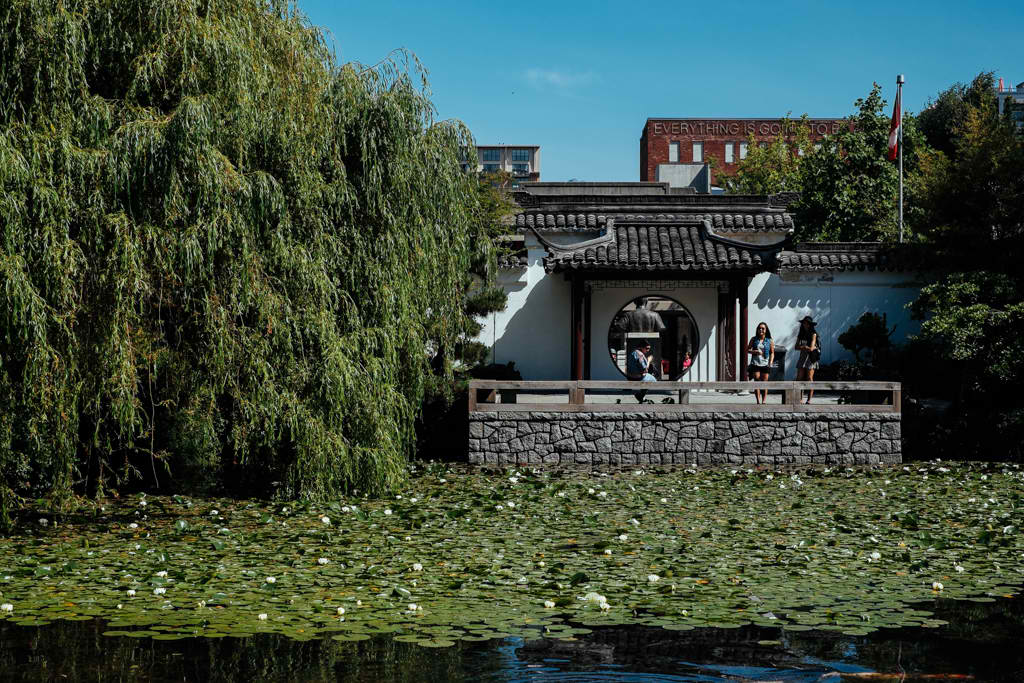
It’s still gorgeous, though. You’re almost guaranteed to see a wedding photographer or two with a happy couple in tow on any given Saturday.
Shooting a location with a hundred other photographers proved to be a bit of a challenge. Like any tourist attraction, getting photos without throngs of people carrying camera bags would be impossible short of a dark ND filter and super long exposures. With the bright morning sun out, that wasn’t going to happen so I thought I’d just take photos of my cohorts in them.
Having a human element in photos adds a point of interest to anchor the image in addition to giving a sense of size and scale.
Looking for interesting lighting is a cornerstone of photography that most non-photographers understand the least. For us, this situation of a guy taking a photo of the empty floor and another photographer taking a photo of the first guy makes total sense.
Shooting some more with the 16mm just confirms what I thought about it in my hands-on with the lens a couple weeks ago. It’s sharp with great contrast in all areas. The short minimum focusing distance means that even though this is a wide angle, you can get some nice out-of-focus elements in the background. Bokeh looks smooth and rounded, thanks to the 9-bladed aperture. I often shoot food like this with a 24mm to make the dish look a little larger than life while pushing the background away for better subject separation.
There’s very little distortion anywhere on the frame and light falloff looks smooth and natural. Correction profiles for the 16mm are embeded and applied automatically so there aren’t any boxes to tick in Lightroom but it looks like everything is well compensated for.
If you have some time, check out the Dr. Sun Yat-Sen Classical Chinese Garden out for yourself. Proceeds from admission sales go to the non-profit organization that maintains the garden as well as “[enhancing] the bridge of understanding between the Chinese and Western cultures”. The Vancouver Chinatown I experienced as a kid is all but faded away as modern buildings and businesses pop up in the area so I’m glad that a truly special piece of it is still here.





